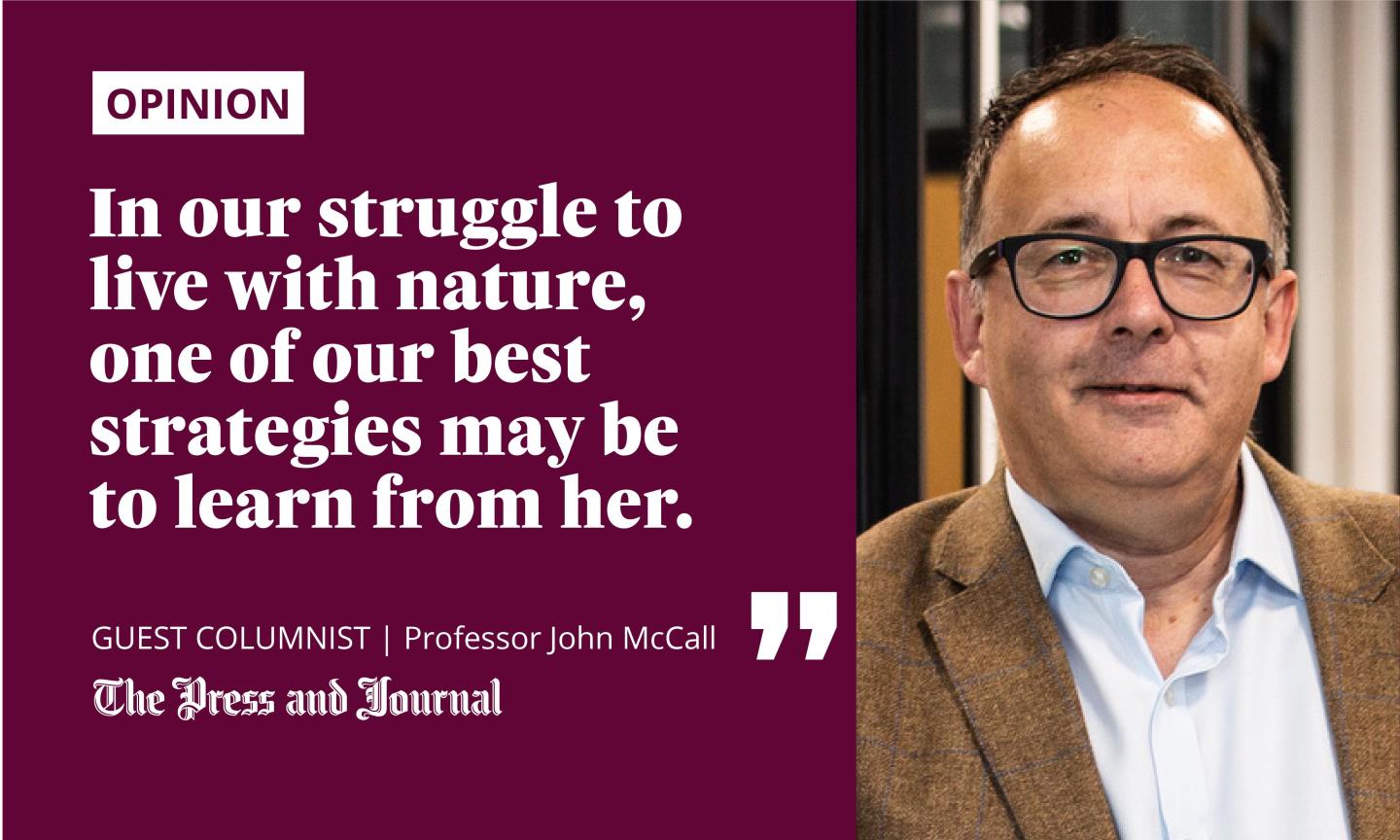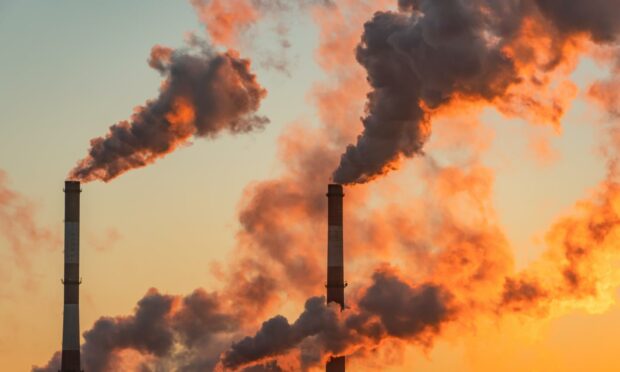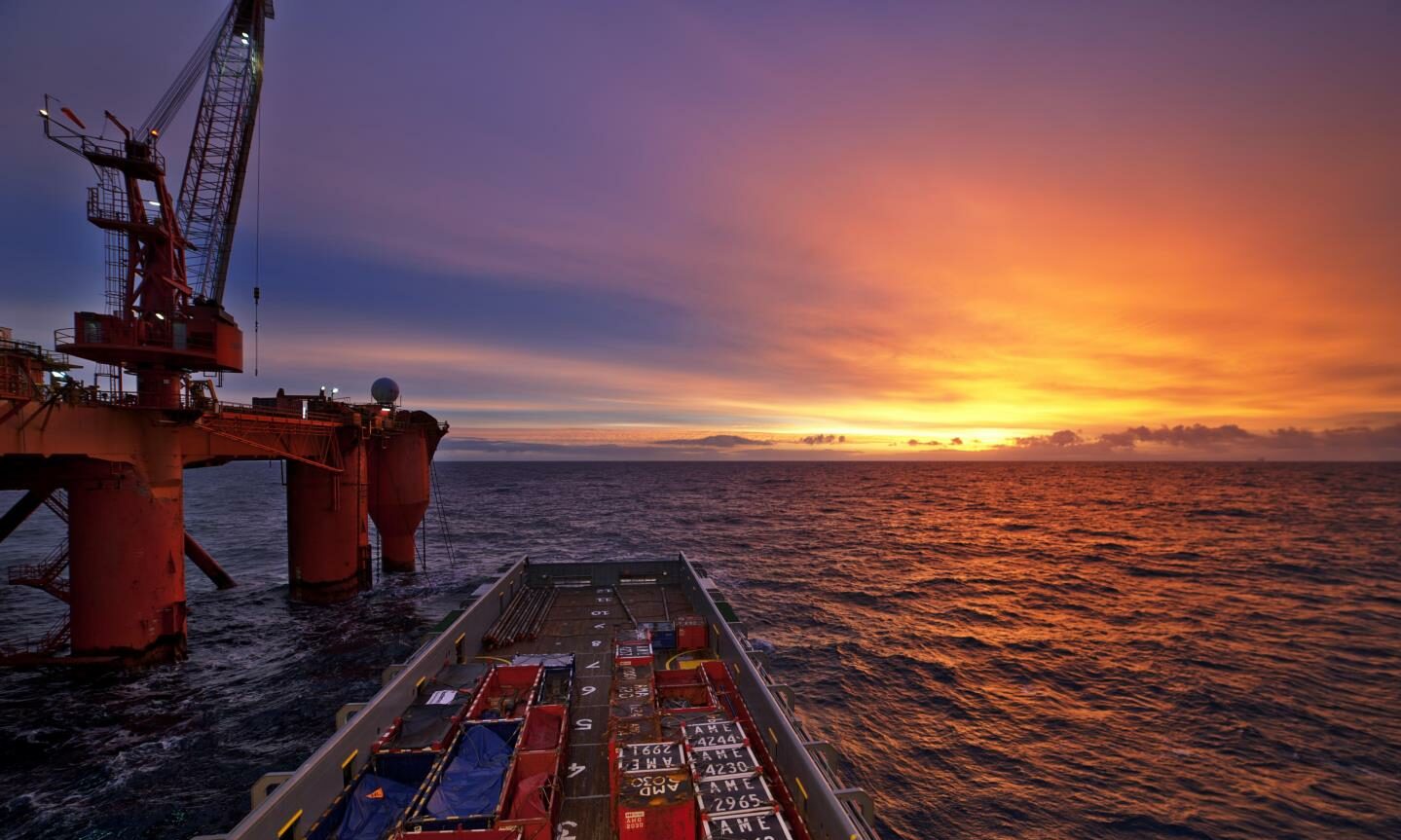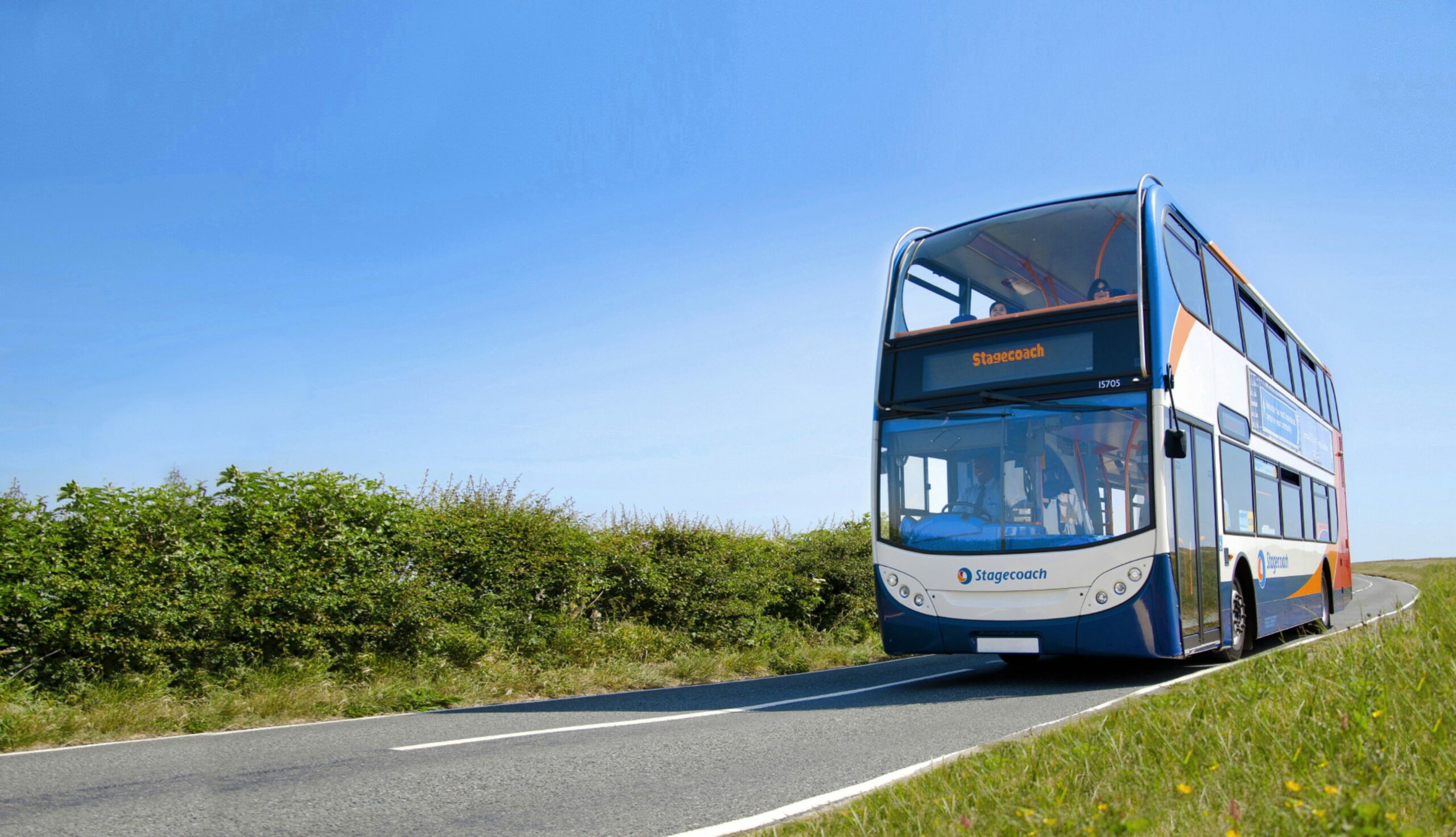As COP26 highlights, industry and society is pumping growing amounts of greenhouse gases (GHG) into the atmosphere, increasing temperatures, changing the world’s climate and upsetting the natural balance of the global ecosystem.
Left to its own devices, nature constructs complex, diverse ecosystems that remain stable, supporting billions of lifeforms over geological timescales.
After only a few short centuries of technical development, humanity has reached the boundaries of sustainability and we are having to radically reassess how our societies are structured and sustained. As we grapple with our need to move to net zero carbon, it is worth asking what we can learn from the ways in which natural systems maintain themselves.

Problems we face today, such as how to achieve a net-zero, circular economy, appear to be effortlessly achieved by finely balanced natural systems under no central control.
Nature-inspired computing
In recent years, a technology known as “nature-inspired computing” is having a growing impact on the design and operation of industrial systems. Nature-inspired computing is a form of artificial intelligence but, rather than recreating human reasoning, it is based on how the natural world organises itself.
One example is genetic algorithms, which mimic natural evolution to “evolve” designs and solutions that are “most fit” to a particular problem or situation.
Another example is swarm intelligence, which recreates the way flocks of birds or swarms of insects can act together to forage for food, defend themselves or transform their living environment. Swarms are capable of actions and decision-making far more powerful than any individual in the swarm can achieve or even comprehend. Swarm algorithms use many small and simple but intercommunicating moving parts to construct intricate solutions to complex problems.
Transport systems are responsible for a significant percentage of greenhouse gas emissions. Road transport accounts for 10% of global emissions, and these are rising faster than those of any other sector.
Maritime transport produces a further 2.5% of global GHG emissions. This is expected to increase by up to 250% by 2035, negatively impacting global carbon reduction targets.
Making our reliance on freight transport greener
In the north-east of Scotland, as we transition from a hydrocarbon energy basin to a renewable energy basin, we will maintain our heavy reliance on freight transport to support the onshore and offshore supply chain. An important challenge is how the north-east can reduce the cost of transitioning transport fleets and public transport to zero emissions.
At Robert Gordon University (RGU), we have been researching how nature-inspired computing can help reduce the carbon footprint of transport. Our approach has been to model transport as a natural system and use methods found in nature to evolve solutions that minimise vehicles needed, reduce journey distances, and efficiently load and route cargoes to reduce the overall impact.
Transport is very like a natural swarm system with lots of small moving parts – vehicles, people, goods – that together have large effects – congestion, pollution and emissions.
By working with haulage companies, offshore operators, logistics specialists, and port authorities over a number of years, we have created software systems that can help to plan and manage complex freight logistic networks. The work has seen actual reductions of between 20% and 40% in fleet requirements for companies we have worked with.
Replicated across the North Sea and translated to similar offshore supply chains around the planet, the technology has the potential to achieve globally significant reductions in emissions and, because it is software-based, can be deployed rapidly with immediate effect. While not the full solution, our technology can help businesses move a long way towards the COP26 challenge of a fully zero emission fleet by 2030 or earlier.
The next 10 years are critical
Recent work at RGU takes a look at other transport challenges. With the recent stresses placed on supply chains by Covid and the lorry driver shortage, interest is growing in solutions that add resilience as well as meet emissions reduction goals.
Unless we can adapt our industry and society to maintain global warming within the 1.5C target set at COP26, major effects of climate change will increasingly threaten massive human populations and large areas of the globe will become uninhabitable
We have been exploring how to create a resilient ecosystem of small food and drink producers and their logistics providers using nature-inspired approaches to group loads, making them more economic and reducing vehicle miles simultaneously.
We are also using genetic algorithms to evolve public transport systems, involving on-demand electric vehicles to improve the reach and flexibility of conventional fixed route transport systems.
The next 10 years are critical as we tackle the climate emergency on a global scale. It is not overstating the case to say that the crisis is existential.
Unless we can adapt our industry and society to maintain global warming within the 1.5C target set at COP26, major effects of climate change will increasingly threaten massive human populations and large areas of the globe will become uninhabitable to humans.
In our struggle to live with nature, one of our best strategies may be to learn from her.
Professor John McCall is head of research at Robert Gordon University’s National Subsea Centre


